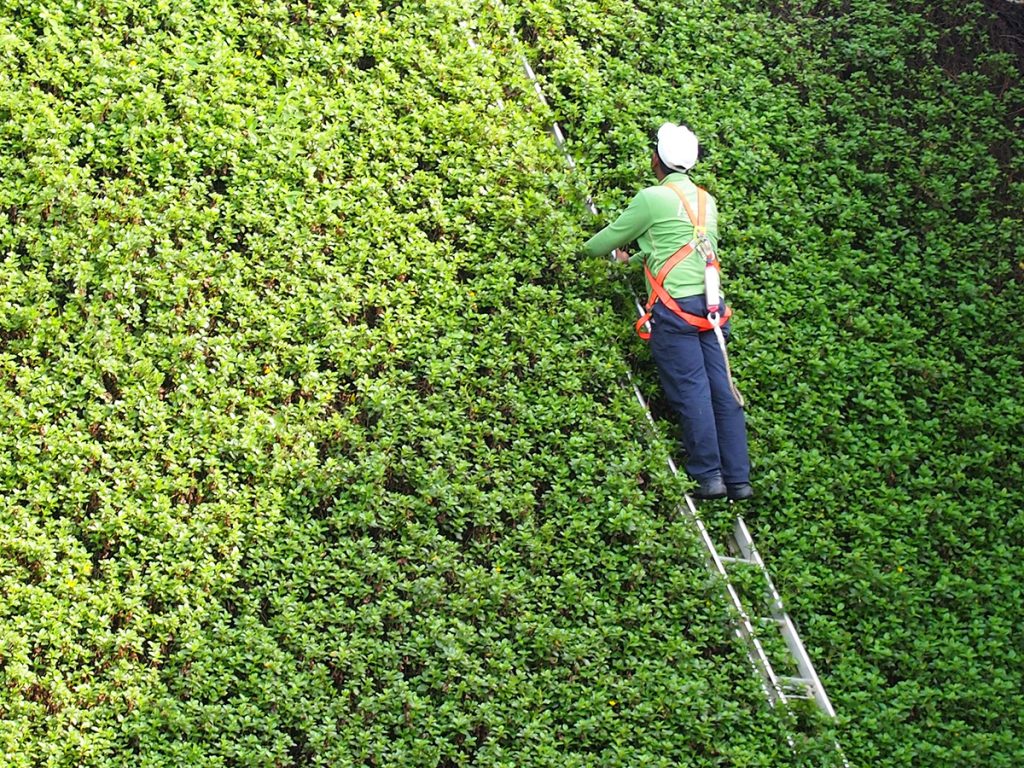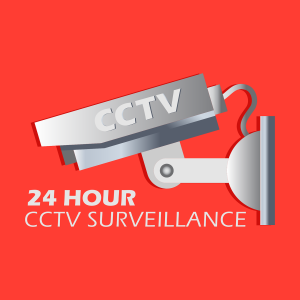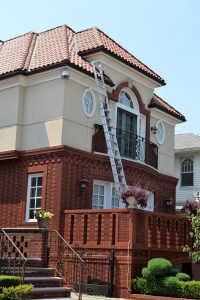National Ladder Safety Month is Here! – Remember Every Step Matters in Preventing Falls
Each year in the U.S., more than 100 people die and thousands more are injured from ladder-related falls. National Ladder Safety Month is the only movement dedicated exclusively to the promotion of ladder safety and ladder fall prevention, at home and at work.
Ladder fall injuries are a persistent hazard both in the workplace and at home. Most ladder deaths are from falls of 10 feet or less. In several cases, the risk of falling from a ladder can be minimized through ladder safety. That is why the American Ladder Institute (ALI) has designated March as National Ladder Safety Month to help raise awareness of the importance of using ladders safely.
Some of the main factors contributing to ladder falls include sudden movement, lack of attention, hurrying, user age or physical condition and the user’s footwear.
To keep you and your workforce secure when using ladders, here are some basic safety tips from Security Specialists:
- Before stepping on a ladder, read and follow all labels/markings on the ladder.
- Avoid electrical hazards! – Look for overhead power lines before handling a ladder. Avoid using a metal ladder near power lines or exposed energized electrical equipment.
- Always inspect the ladder prior to using it. If the ladder is damaged, it must be removed from service and tagged until repaired or discarded.
- Only use ladders and appropriate accessories (ladder levelers, jacks or hooks) for their designed purposes.
- Always maintain a 3-point (two hands and a foot, or two feet and a hand) contact on the ladder when climbing. Keep your body near the middle of the step and always face the ladder while climbing.
- Do not use a self-supporting ladder (e.g., step ladder) as a single ladder or in a partially closed position.
- Do not use the top step/rung of a ladder as a step/rung unless it is designed for that purpose.
- Use a ladder only on a stable and level surface, unless it has been secured (top or bottom) to prevent displacement.
- Do not place a ladder on boxes, barrels or other unstable bases to obtain additional height.
- Do not move or shift a ladder while a person or equipment is on the ladder.
- Be sure that all locks on an extension ladder are properly engaged.
- Do not exceed the maximum load rating of a ladder. Be aware of the ladder’s load rating and of the weight it is supporting, including the weight of any tools or equipment.











